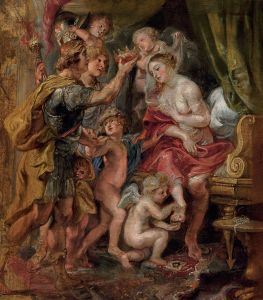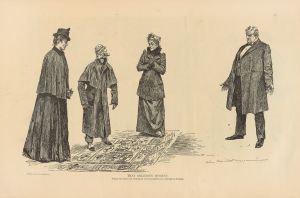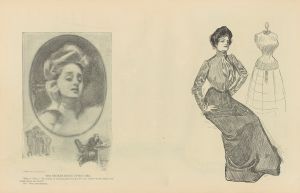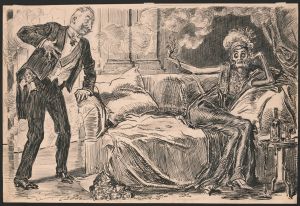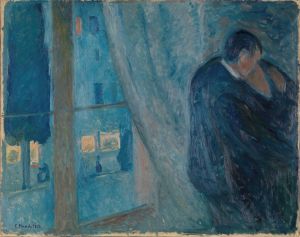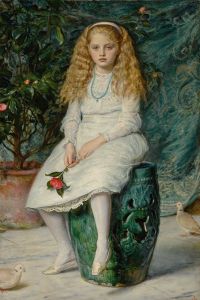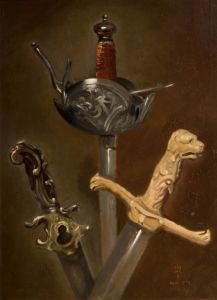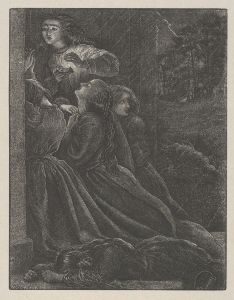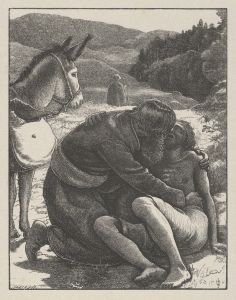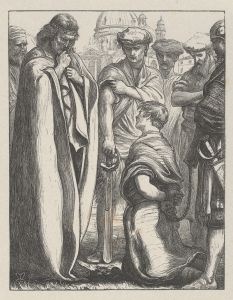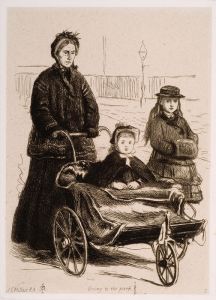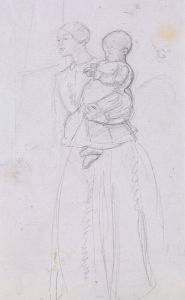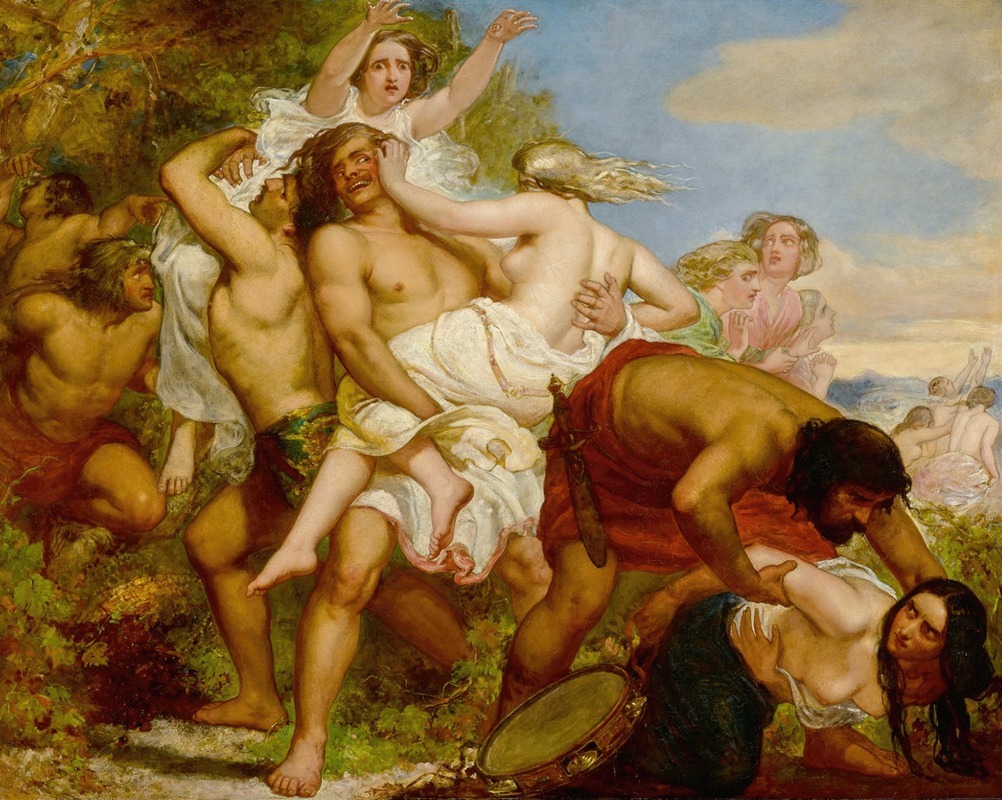
The tribe of Benjamin seizing the daughters of Shiloh in the vineyards
A hand-painted replica of Sir John Everett Millais’s masterpiece The tribe of Benjamin seizing the daughters of Shiloh in the vineyards, meticulously crafted by professional artists to capture the true essence of the original. Each piece is created with museum-quality canvas and rare mineral pigments, carefully painted by experienced artists with delicate brushstrokes and rich, layered colors to perfectly recreate the texture of the original artwork. Unlike machine-printed reproductions, this hand-painted version brings the painting to life, infused with the artist’s emotions and skill in every stroke. Whether for personal collection or home decoration, it instantly elevates the artistic atmosphere of any space.
"The Tribe of Benjamin Seizing the Daughters of Shiloh in the Vineyards" is a painting by Sir John Everett Millais, a prominent British artist and one of the founding members of the Pre-Raphaelite Brotherhood. The painting, created in 1847, depicts a dramatic biblical scene inspired by the Book of Judges in the Old Testament. Specifically, it illustrates the story from Judges 21:19-23, where the men of the Tribe of Benjamin, following a civil war that nearly led to their extinction, seize women from the annual festival in Shiloh to take as wives.
The narrative behind the painting is rooted in the aftermath of a conflict between the Tribe of Benjamin and the other tribes of Israel. After the Benjaminites were nearly annihilated, the remaining Israelites sought a way to ensure the survival of the tribe. However, due to an oath taken by the Israelites not to give their daughters in marriage to the Benjaminites, a solution was devised. The men of Benjamin were instructed to hide in the vineyards during the festival in Shiloh and seize women as they danced. This act allowed the Benjaminites to rebuild their tribe without directly violating the oath.
Millais's painting captures the moment of the abduction, portraying the tension and movement of the scene. The artist's attention to detail and use of vivid colors reflect the influence of the Pre-Raphaelite style, which emphasized realism, historical accuracy, and a focus on nature. The figures in the painting are carefully arranged to convey the emotional intensity of the event, with the women struggling against their captors and the men of Benjamin shown in dynamic poses.
The painting was completed early in Millais's career, during a period when he was exploring themes from literature, history, and religion. It demonstrates his skill in storytelling through visual art and his ability to evoke complex emotions in his audience. While the work is less well-known compared to some of Millais's later pieces, it remains an example of his early mastery and his engagement with biblical themes.
The painting is currently held in a private collection, and its public exhibitions have been limited. As a result, it is less frequently discussed in art historical literature compared to Millais's other works. However, it continues to be of interest to scholars and enthusiasts of Pre-Raphaelite art and biblical iconography.





